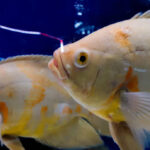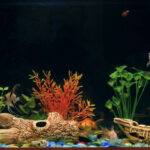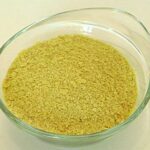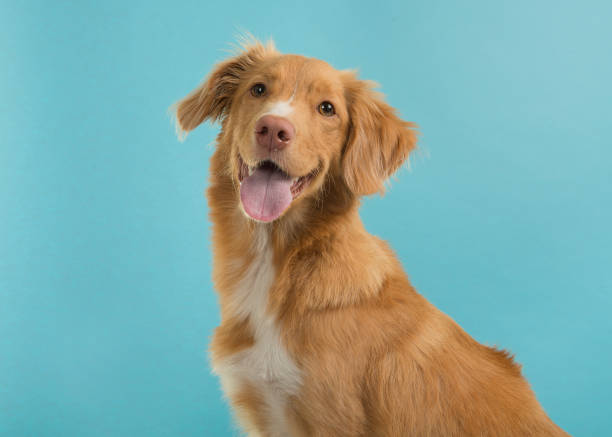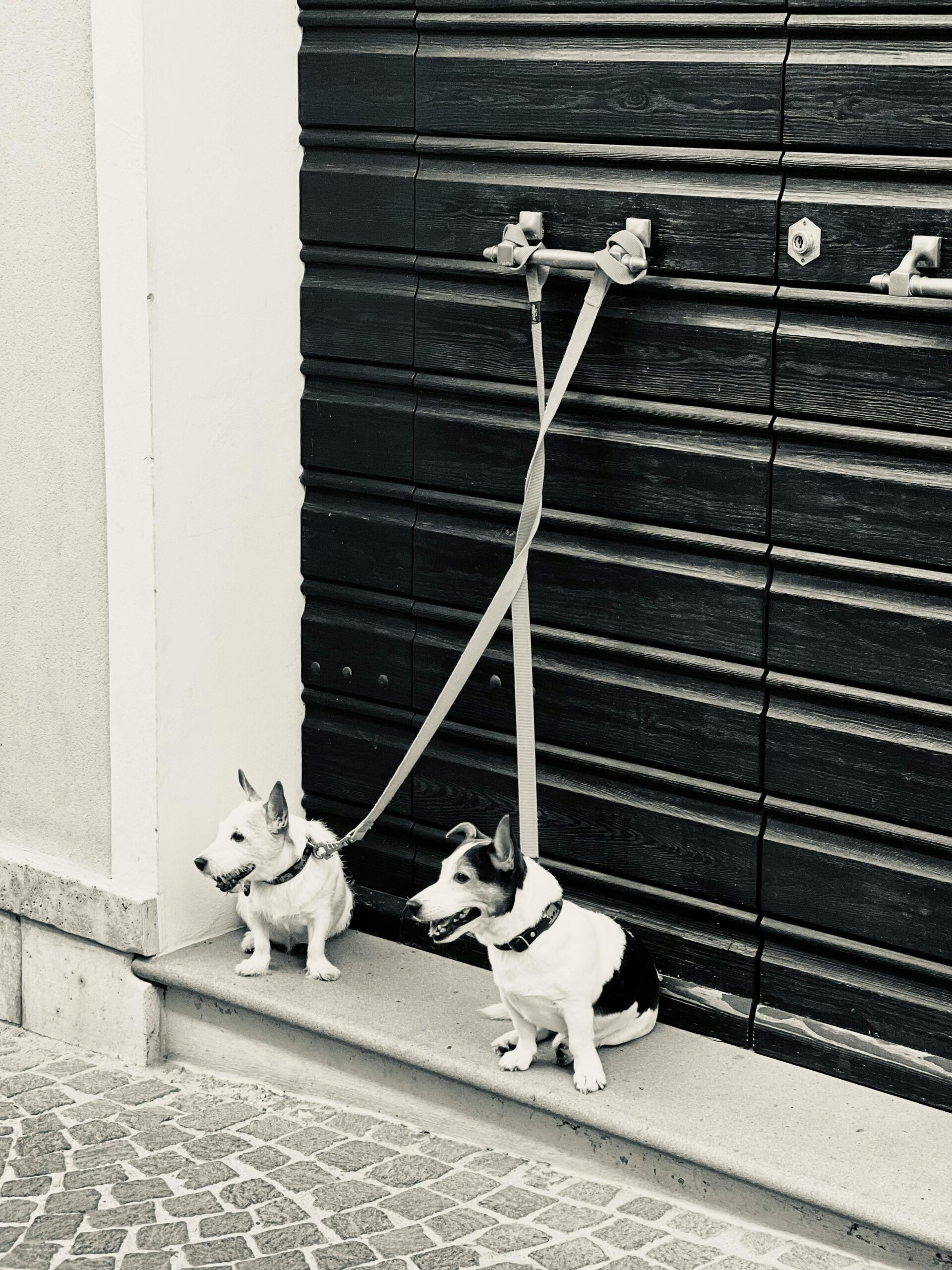Introduction
Have you ever wondered what colors do dogs see? While humans perceive the world through a spectrum of vibrant colors, our canine companions experience it differently. Understanding how dogs see color can provide valuable insight into their behavior and preferences. In this comprehensive guide, we’ll explore the fascinating world of canine vision, shedding light on how dogs perceive color, what colors stand out to them, and how this knowledge can benefit dog owners.
Table of Contents
What Colors Do Dogs See
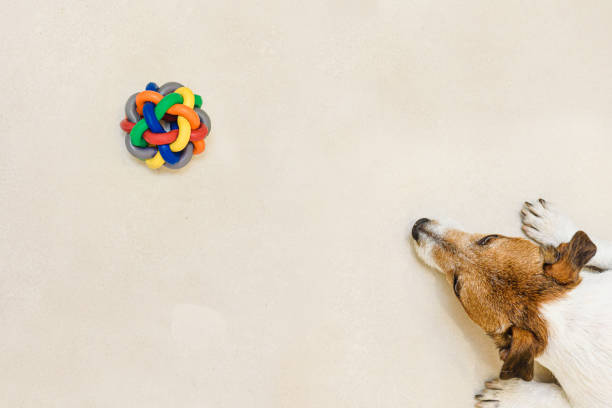
The Science Behind Canine Vision
To comprehend how dogs see color, it’s essential to first grasp the science behind their vision. Dogs, like humans, have photoreceptor cells in their eyes called cones, which are responsible for detecting color. However, unlike humans who have three types of cones sensitive to red, green, and blue light, dogs primarily have two types of cones, sensitive to blue and yellow wavelengths. This means that while dogs can distinguish between various shades of blue and yellow, their ability to perceive red and green hues is limited.
What Colors Do Dogs See
The Impact of Color Vision on Dogs’ Daily Lives
The limited color spectrum that dogs perceive influences how they interact with their surroundings. For example, blue and yellow objects may appear more vivid to them, while red and green ones might blend together or appear as shades of gray. This can affect various aspects of a dog’s life, from their play preferences to their ability to differentiate between objects.
What Colors Are Most Visible to Dogs?
Blue and Yellow: The Standout Colors
Due to their enhanced sensitivity to blue and yellow wavelengths, these colors are most visible to dogs. Objects with these hues tend to catch their attention more easily and may appear brighter and more distinct. This knowledge can be particularly useful for dog owners when choosing toys, accessories, or even designing living spaces for their furry friends.

Red and Green: Limited Perception
While dogs can still perceive red and green to some extent, these colors appear muted or duller compared to blue and yellow. This limited perception of red and green can impact activities such as fetch games, where a red ball may not stand out as much against green grass.
How Can Understanding What Colors Do Dogs SeeVision Benefit Dog Owners?
Choosing Toys and Accessories
By considering the colors that are most visible to dogs, owners can select toys and accessories that maximize their pet’s enjoyment and engagement. Opting for toys in blue or yellow hues can make playtime more stimulating for dogs and enhance their overall experience.
Enhancing Training and Communication
Understanding how dogs perceive color can also aid in training and communication. For instance, using blue or yellow markers during obedience training sessions can help dogs better distinguish visual cues and commands, leading to more effective training outcomes.
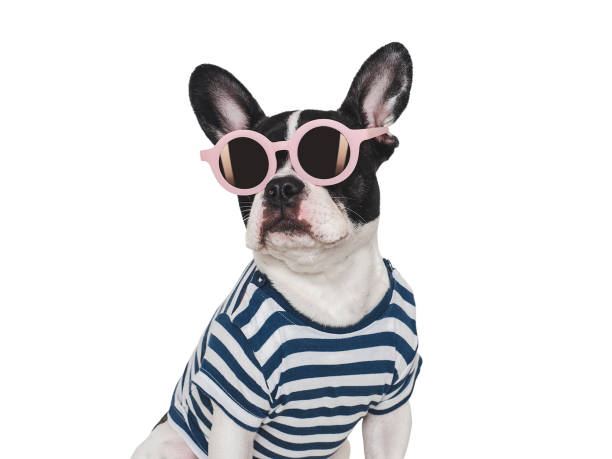
Designing Dog-Friendly Environments
When designing living spaces or outdoor areas for dogs, incorporating blue and yellow elements can create a visually stimulating environment. This can contribute to a dog’s overall well-being and comfort, making them feel more at ease in their surroundings.
Conclusion
In conclusion, understanding the what Colors Do Dogs See offers valuable insights into their perception of the world. While dogs may not perceive the same array of colors as humans, their unique color vision influences various aspects of their lives. By taking into account their preference for blue and yellow hues, dog owners can enhance their pet’s experiences and strengthen their bond. So next time you’re choosing a toy or designing a space for your furry companion, consider the world through their eyes and select colors that will truly make them wag their tails with delight.
















